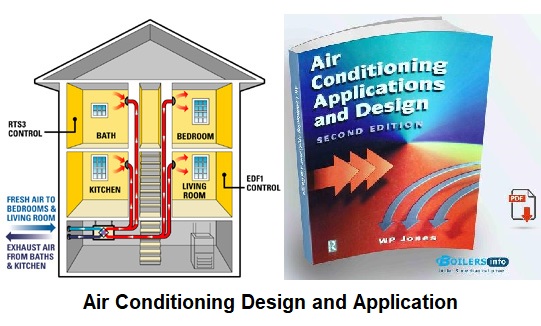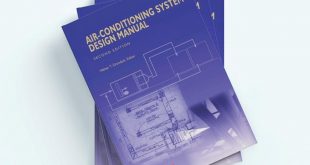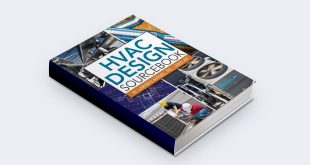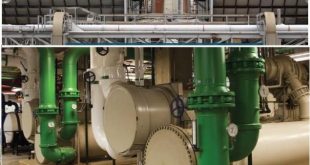Air conditioning (AC) is a crucial technology that provides comfort and enhances productivity by regulating indoor temperature, humidity, and air quality. It is widely used in residential, commercial, and industrial applications. This article explores the design considerations and applications of air conditioning that influence its efficiency and effectiveness.

Design Considerations for Air Conditioning Systems
1. Load Calculation
Proper load calculation is essential to determine the required cooling capacity. Factors like room size, number of occupants, insulation, and heat-generating equipment influence cooling load requirements.
2. Energy Efficiency
Energy efficiency is a critical aspect of AC design. High-efficiency systems with inverter technology, energy-saving modes, and proper insulation help reduce electricity consumption and operational costs.
3. Air Distribution and Ventilation
Effective air distribution ensures uniform cooling throughout a space. Proper duct design, air vents, and return air pathways help maintain balanced airflow and indoor air quality.
4. Humidity Control
Controlling humidity levels is crucial for comfort and health. Excess humidity can lead to mold growth, while low humidity can cause dryness and discomfort. AC systems with dehumidifiers help maintain optimal humidity levels.
5. Refrigerant Selection
Environmentally friendly refrigerants with low Global Warming Potential (GWP) and zero ozone depletion potential (ODP) are preferred in modern air conditioning systems. Common refrigerants include R-32 and R-410A.
6. Maintenance and Servicing
Regular maintenance ensures optimal performance and extends the lifespan of air conditioning systems. Cleaning filters, checking refrigerant levels, and servicing components like compressors and condensers help prevent breakdowns.
7. Smart Controls and Automation
Modern air conditioning systems integrate smart controls and IoT technology for remote monitoring, automated temperature adjustments, and energy-saving optimizations.
Applications of Air Conditioning
1. Residential Use
Air conditioning in homes ensures thermal comfort, especially in regions with extreme temperatures. Modern residential AC systems include split units, window units, and central cooling systems, which improve indoor air quality and enhance living conditions.
2. Commercial Buildings
Offices, malls, hospitals, and hotels use air conditioning to maintain a comfortable environment for employees, customers, and patients. Proper air conditioning improves productivity, preserves perishable goods, and supports critical medical procedures in hospitals.
3. Industrial Applications
Industries rely on air conditioning for temperature control in manufacturing processes, such as semiconductor production, textile manufacturing, and pharmaceuticals. Precise climate control is essential for product quality and equipment longevity.
4. Data Centers
Data centers house sensitive electronic equipment that generates significant heat. Efficient air conditioning systems are crucial to prevent overheating, ensuring the reliability and longevity of servers and networking equipment.
5. Automotive Air Conditioning
Modern vehicles are equipped with air conditioning systems to provide comfort to passengers. Advanced climate control features in automobiles enhance the driving experience and prevent heat-related health issues.
6. Cold Storage and Refrigeration
Air conditioning plays a vital role in cold storage facilities where perishable goods like food and pharmaceuticals are stored under controlled conditions to prevent spoilage.
Conclusion
Air conditioning plays a vital role in various applications, from residential comfort to industrial process control. Proper system design, energy efficiency, and regular maintenance are crucial for optimal performance. With advancements in technology, air conditioning systems continue to evolve, providing enhanced comfort, improved efficiency, and sustainable cooling solutions.
 Boilersinfo Boiler and Mechanical Power Digital Library
Boilersinfo Boiler and Mechanical Power Digital Library





